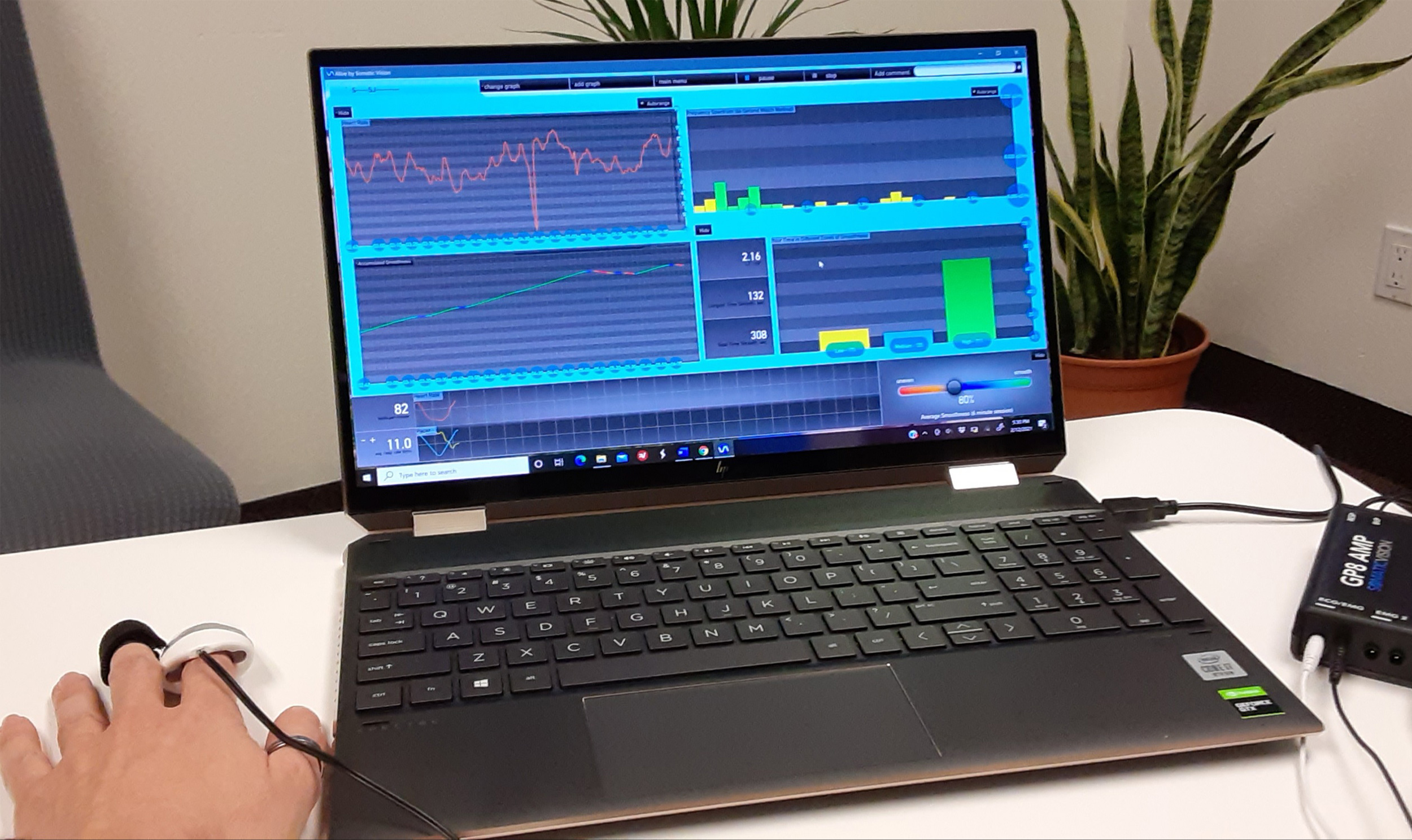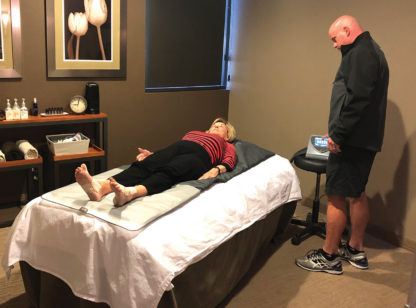It is likely that you are currently or have experienced chronic pain at some point in your life. Low back pain, advanced cancer pain, arthritis, headaches and pain that seemingly can’t be linked to any specific cause are frequent complaints.
Pain is one of the most common reasons people seek medical care and one of the oldest challenges. In 2011, it was reported that chronic pain costs Americans nearly $635 billion a year.1 This is not just the drugs and treatment costs but considers the economic toll of lost income, compensation payments and legal expenses. One can conclude that number has significantly increased over the past 10 years. As recent as 2016, the Centers for Disease Control and Prevention (CDC) estimated 20 percent of the population suffered from chronic pain. And pain has more than a financial burden; the CDC also established its link to conditions such as anxiety and depression.2 The reaches of pain are like tentacles that can grab ahold of every aspect of one’s life: happiness, sleep quality and the ability to do normal daily activities. Relentless pain can be exhausting.
Unfortunately, it has taken huge growing pains and the tragedy of the most recent opioid crisis for the medical system to take serious notice of shortcomings of drug therapy and to look to non-pharmaceutical interventions and the results have been encouraging. The American Association of Family Physicians (AAFP) published a position paper with a call to action for physicians to deliver a multidisciplinary approach to caring for patients with chronic pain.3 The Institute of Medicine published an article stating that treatment approaches should emphasize self-management of pain.1 It seems the medical system is becoming wiser, recognizing the necessity for inclusion of other treatment options besides the typical recommendations of over-the-counter anti-inflammatories, opioids, and antidepressants, all which come with potential risks.
Many self-management approaches have been available for decades, accumulating evidence to support their effectiveness for use in addressing chronic pain. Biofeedback is one of them. Large clinics, such as Johns Hopkins and the Cleveland Clinic now list biofeedback as a chronic pain treatment option.4,5 Specific mechanisms of how it alleviates pain continues to be researched, but it involves modulating the nervous system. Biofeedback incorporates the use of sensors that monitor muscle tension, heart rate, breath pace, sweat and temperature. This real-time data is amplified and visually displayed onto a monitor for the practitioner and patient to see. Through training geared toward mitigating unique response profiles, people learn how to control these normally involuntary functions and positively impact their both short and long-term health.
Biofeedback is not a quick fix. It takes on average eight weekly sessions. As with any new skill, patients must commit to practicing at home. However, once the skills are acquired, they are readily accessible as needed for a healthier, more symptom-free life.
Dr. Jainuddin is a naturopathic doctor at One Life Naturopathic and can be reached at (442) 256.5963. For more information on biofeedback, see “Biofeedback: A Non-Invasive Intervention” at www.DesertHealthNews.com or visit www.OneLifeNaturopathic.org.
References available upon request.















































Comments (1)
Good information, glad to read this partial paragraph: ” recognizing the necessity for inclusion of other treatment options besides the typical recommendations of over-the-counter anti-inflammatories, opioids, and antidepressants, all which come with potential risks”